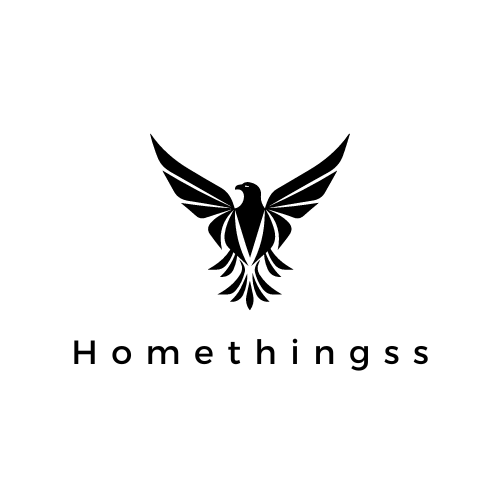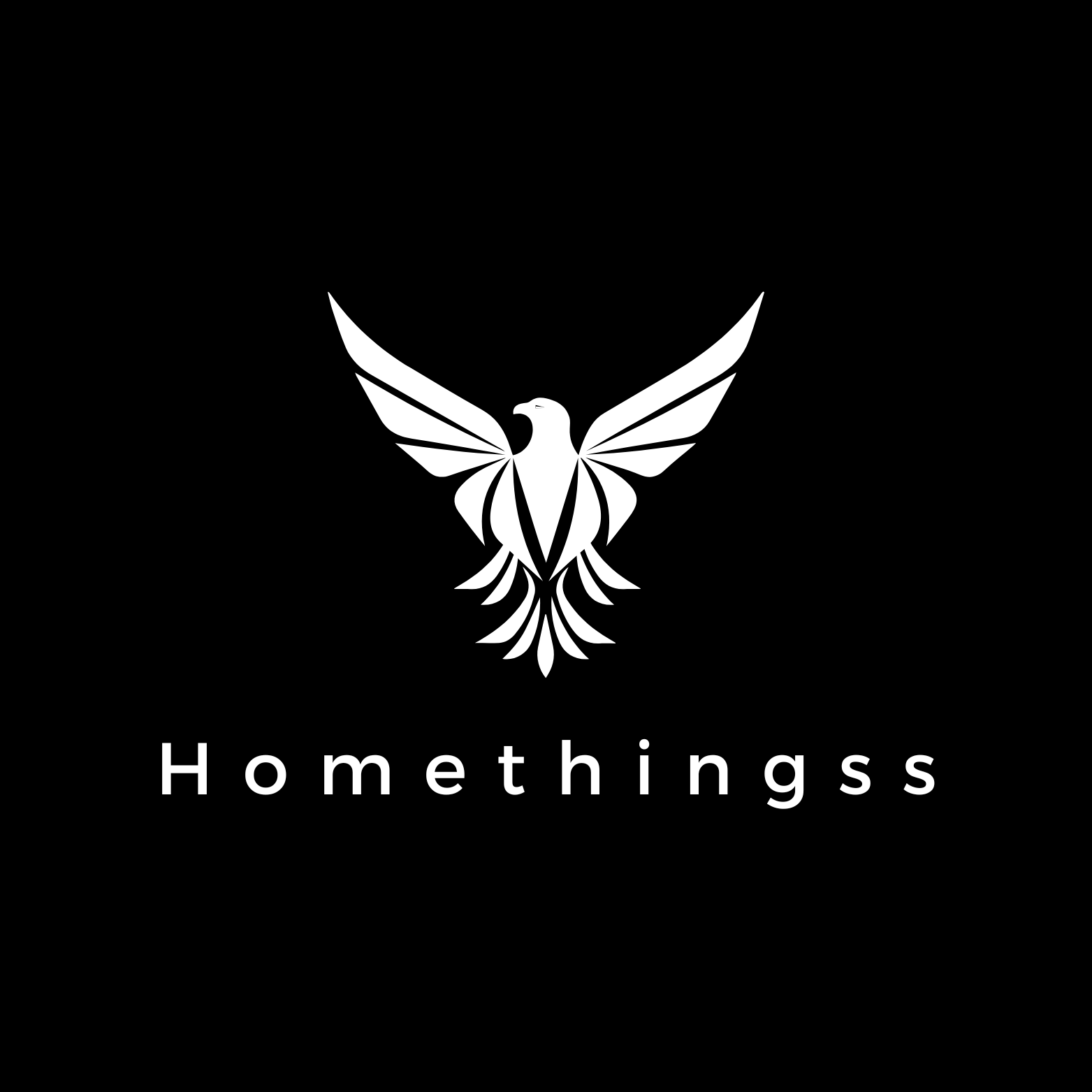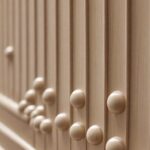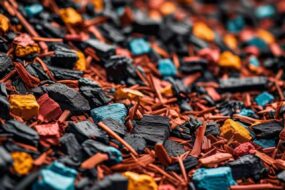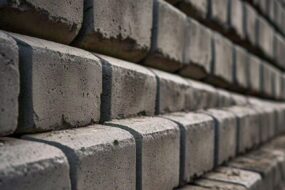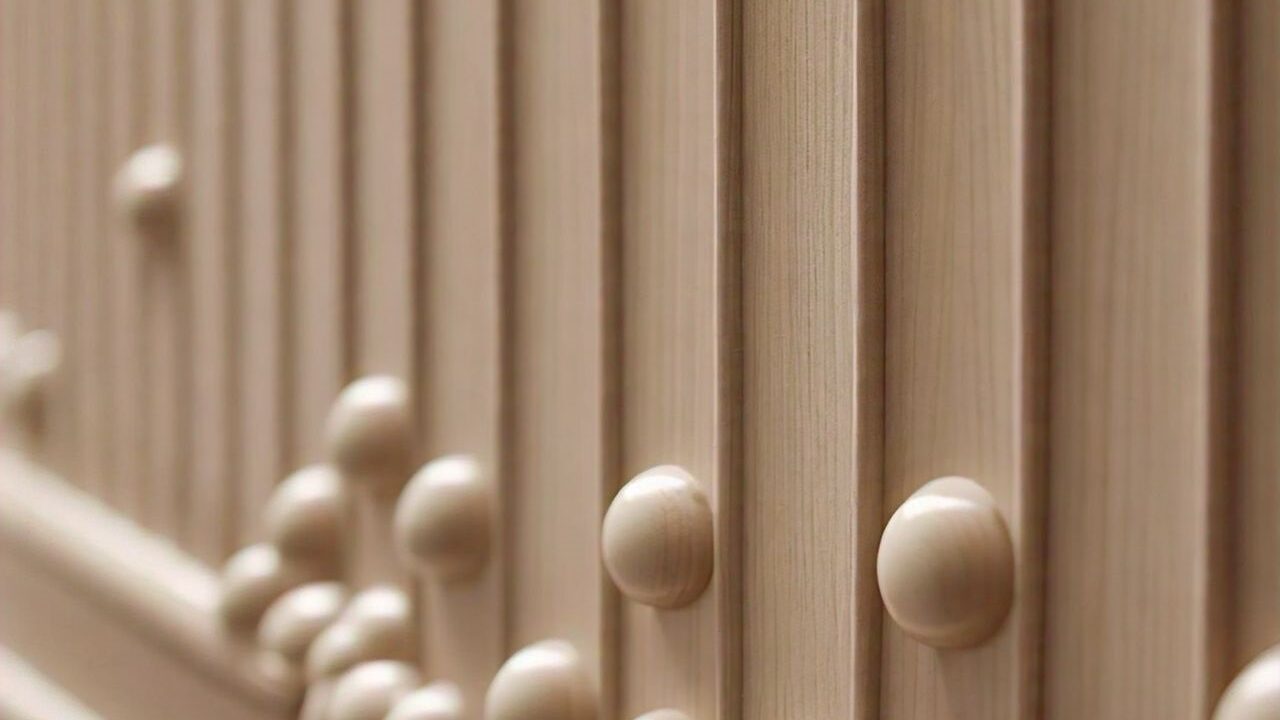
Beadboard is one of the most popular wall treatments that add a warm and old school feel to different rooms. As you’ll soon learn, you can use beadboard to improve different parts of your home, and many recommend it for its flexibility. You can install it in various areas of a house, including the kitchen, bathroom, hallway, and even the living room, allowing it to bring character, texture, and visual delight. In this article, you’ll discover what beadboard is, the types of beadboard available, how to install it, and where you can use it to help you decide whether installing beadboard is right for your home.
What Is Beadboard?
Beadboard manufacturers create it from wooden strips that feature a striking series of vertical channels known as ‘beads’. They may place these beads with wide spaces between them, sometimes an inch or two apart. Originally a purely natural product, modern beadboard can be of either solid wood or MDF, PVC, or other types of polymer materials. Traditionally, people apply it as paneling on walls below eye level for decorative purposes and to some extent for protection against any bumps.
Types of Beadboard
Fibreboard, in particular, beadboard is available in various formats each of which has properties of use in interior projects. This information will go a long way in informing one on the right style to select for respective spaces.
1. Tongue and Groove Beadboard
Tongue and groove beadboard on the other hand are person boards with the tongue side and the groove on the other side. These planks are interlocking, and when installed, there are no splits in the grain appearance. This style is more conventional, and you can apply the material to walls, ceilings, and even behind countertops. It consists of distinct planks, making it suitable for irregular surfaces, and you can alter the installation during the process.
2. Beadboard Sheets
If people want panels that are easier to install, then beadboard sheets are optional. These large panels can be easily trimmed to size and fixed to the wall which is quicker and less complicated than fixing tongue and groove. Known in a range of thicknesses, beadboard sheets are ideal if you want to get the look without having to match each piece of beadboards to the next when fitting them together. When used in large projects, beadboards are more affordable, also coming in sheets.
3. PVC Beadboard
PVC beadboard is a suitable material for a wet area such as bath areas, kitchen areas, and any area that is located in the basement. This one is manufactured from plastic and gives the form of the conventional wood bead board; however, it attends from the menace of mold or/and mildews more proficiently. Perfect for outdoor applications since it does not warp, rot or otherwise illustrate other sorts of deterioration, it is the perfect choice for an attractive decorative idea.
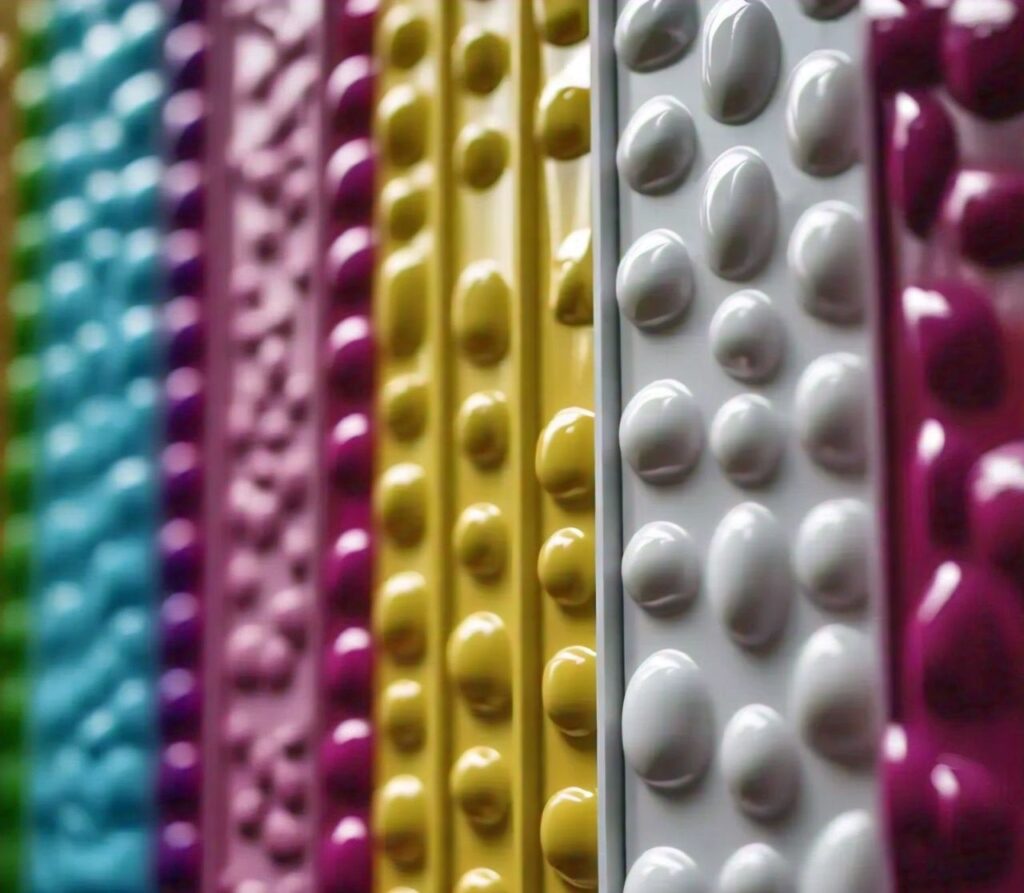
Installation Process
The use of beadboard on interior walls will help modify a flat and uninteresting wall into something elegant. Although the installation method varies depending on the type of bead board, the following steps provide a general overview:
1. Preparing the Wall
Start by preparing the wall. Take down any previous wall treatments, and then check the surface for dirt and moisture. When planning to put the beadboard in a humid area, apply a moisture-resistant adhesive or a primer to the wall.
2. Cutting the Beadboard Panels
Take measurements on the wall and mark down the right size at which the beadboard panels or planks should be cut. When using sheets some additional options might be useful; for instance, table saw can be very useful for making the cuts. Tongue and groove panels can be cut with a circular saw or a handsaw in this case.
3. Attaching the Panels
Adhere a construction paste on the back part of the panels, and then fasten the panels onto the wall. You can then finish it off with finishing nails or a nail gun on that place. Adjust the placement of the beads so as to make sure that you work is properly aligned with an even row of beads on the outside. For tongue and groove beadboard, engage the tongue with the groove of the subsequent panel and do this along the height of the wall.
4. Finishing Touches
If all the panels have been installed well, you simply fit some trims or moldings on the top and at the bottom to give it that sleek appearance. It’s essential to paint or stain the beadboard according to the finishing style you want to create.
Common Uses of Beadboard
As we have seen above, beadboard is not only limited to wall paneling. Here are some popular uses in various areas:
1. Beadboard Wainscoting
A common type of wainscoting which is effective for hallways, dining areas and living spaces, it gives a warm and traditional look. Typically, installers place it starting from about one third of the wall height upwards, but they can also install it at a higher level for better aesthetics.
2. Ceiling Treatments
The utilisation of beadboard on the ceiling gives a novel as well as a time feel to the rooms. It is most often used in kitchens, porches, bath areas to give a cottage or farmhouse look. Concealed ceiling beadboard increases an area’s height, making it appear taller and more airy.
3. Kitchen Backsplashes
Another fantastic use of beadboard is as a backsplash as an alternative to the regular tiles. You can paint it in shades that correspond to the color of cabinetry, if needed, or in shades that immediately create the atmosphere of a welcoming, shabby chic kitchen. However, it is suggested that you apply a clear coat to protect the material from stains and moisture.
4. Bathroom Paneling
Since the material resists moisture, you can install it in areas such as baths, where you expect much moisture. You can place it on the walls, use it as the surround for a shower, or combine it with a tub as a full-height panel. It makes it waterproof thus can easily last long but still has the traditional look that most watch lovers love.
5. Exterior Applications
In addition to being a great product to use inside the home, beadboard can dress up porches, covered patios and entryways as well. This is where the use of PVC or treated wood bead board comes in to add some texture and appeal and come through well on the environmental sweepstakes.
Advantages of Beadboard
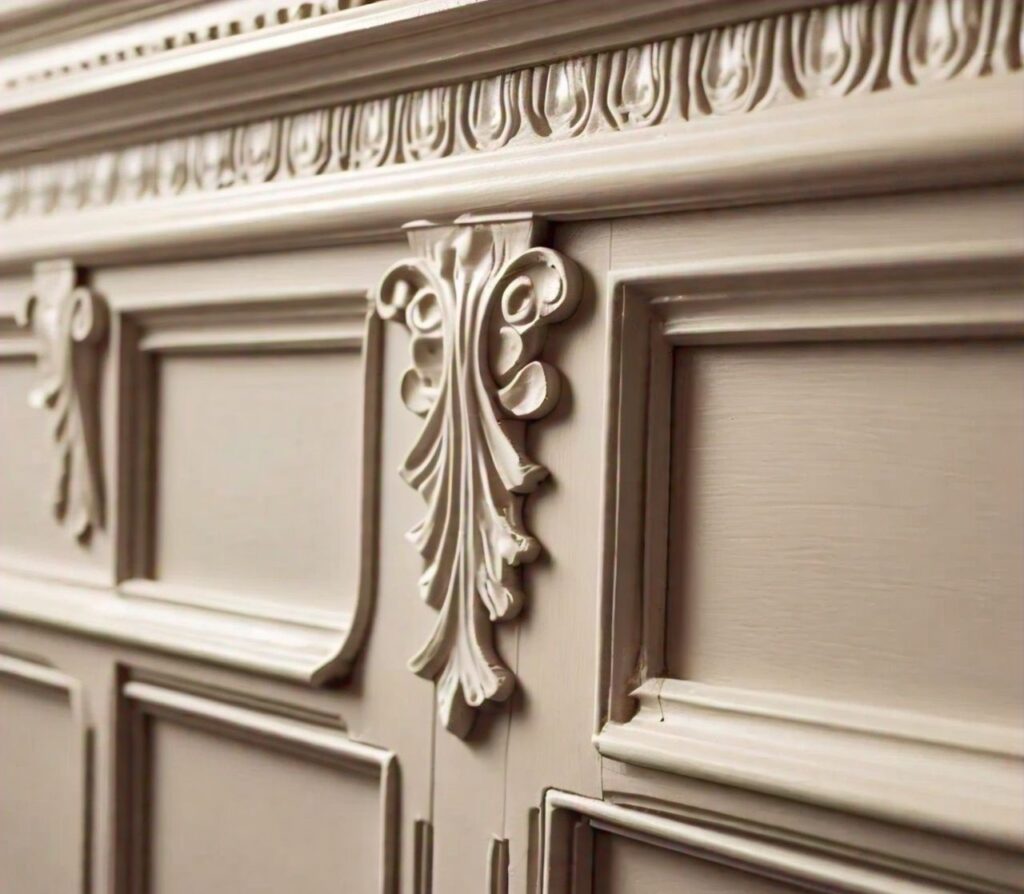
1. Versatile Design:
Beadboard is appropriate for different rooms and usage – it looks good in contemporary as well as in the classic interior.
2. Easy Installation:
Sold in strips and as individual tongues, beadboard is easy to install and may well be a good option for a do-it-yourself.
3. Affordable Option:
As a form of decorative treatment, beadboard also ranks relatively low cost when it comes to the improvement of a particular room.
4. Durable Material:
In case of finishing, beadboard endures for several years. PVC variations are available with the addition of moisture for use in the bath and kitchen.
Drawbacks to Consider
1. Maintenance Requirements:
It may require the usual cleaning and neatness depending on how densely populated that area is.
2. Not Ideal for All Styles:
Using it may not be appropriate in most interiors, especially in modern minimalist designs, unless you make careful decisions.
3. Vulnerable to Damage:
Raw wooden bead board can be scratch prone and can also develop dents. However, this problem can easily be solved by applying hard wearing surface coatings.
Conclusion
Till the present time beadboard has remained a preferred option for people keen to introduce textural point to their interiors. Combined with its simplicity, this versatility makes cinderblock a popular option for most home improvement projects. You can use bead boards for wainscoting, ceilings, or any exterior application, making it an affordable and attractive choice.
